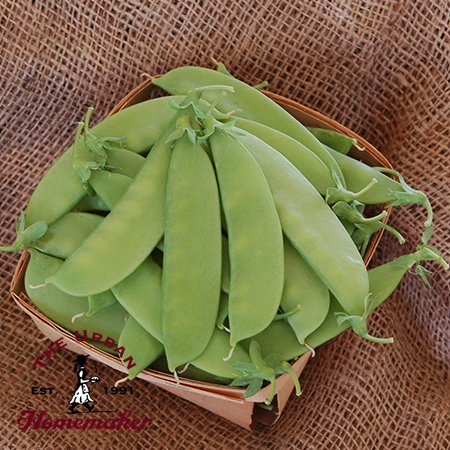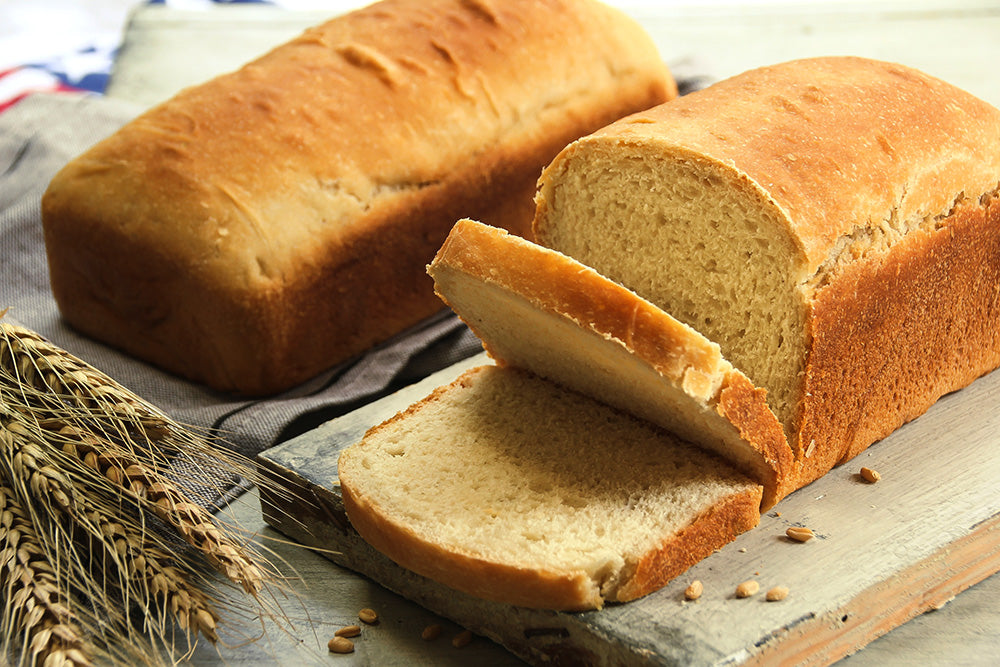Skip to product information


Mammoth Melting Snow Pea - Certified Organic
$3.95
Shipping calculated at checkout.
| Soil and Nutrient Requirements |
| Because peas are planted in the early spring when conditions are often wet, good drainage is important. Sandy soils are best. Ensure good yields by adjusting soil pH to above 6.0 using lime, or wood ash where soils are low in potassium. For nitrogen, 20-30 lbs /acre is adequate. Higher amounts may cause lush foliage with poor flowering and fruit set. Peas fix nitrogen in the soil through a symbiotic relationship with bacteria. To ensure adequate numbers of pre-existing bacteria, mix seed with inoculants right before planting. |
| Position |
| Full sun to part shade |
| Seeding Depth |
| Seeding depth: 1-2” |
| Seeding Rate |
| Direct seeding: Sow ~25 seeds/ft in a 3" wide band. Dwarf varieties do not require trellising, but taller varieties should be supported in order to avoid disease and make harvesting easier. Plant peas in two rows, 8-12” apart, with a mesh or wire trellis between the rows for peas to climb. |
| Plant Spacing |
| 1-1.5" |
| Row Spacing |
| For dwarf peas 12-18", for trellising peas 4-6' |
| When to Sow |
| Direct seed as soon as soil can be worked in the spring. Seeds will germinate in soil temperatures as low as 40°F, although slowly. When soils are around 60°F, seeds will germinate more quickly. Hot, dry conditions adversely affect quality and yield, so it is advantageous to have the crop mature as early as planting schedules allow. In some regions, you can grow a successful fall crop by planting in late summer. |
| Frost Tolerant |
| Yes |
| Drought Tolerant |
| No |
| Heat Tolerant |
| No |
| Seed Specs |
| 90-170 seeds/oz, 1,500-2,700 seeds/lb (2M avg). M=1,000 |
| Seeding Rate |
| Dwarf- 27M seeds/1000’ (13.5 lbs), 550M seeds/acre, (~ 270 lbs.), using ~25 seeds/ft, 12” row spacing. Trellised- 50M seeds/1,000’ (26 lbs), 400M seeds/acre. (~ 200 lbs.), using ~25 seeds/ft, double rows 12” apart on 6’ centers. |
| Harvest |
| Harvest when pods fill out, but before seeds turn starchy. Regular picking will increase yields. |
| Storage |
| Keep pea pods at near freezing temperatures for around a week. |
| Pest Info |
| · Aphids can be washed off plants with a hard stream of water. They have several natural predators that control populations including parasites (aphids appear grey or bloated), lady beetle larvae and lacewings. · Seedcorn maggot – Avoid heavy applications of manure or organic matter, as this can attract the flies and encourage egg laying. |
| Disease Info |
|

Our Famous
Whole Wheat Bread Recipe
Grandma Marilyn's Famous Bread Recipe is VERSATILE! Use it to make cinnamon rolls, pizza, bread sticks, and more.